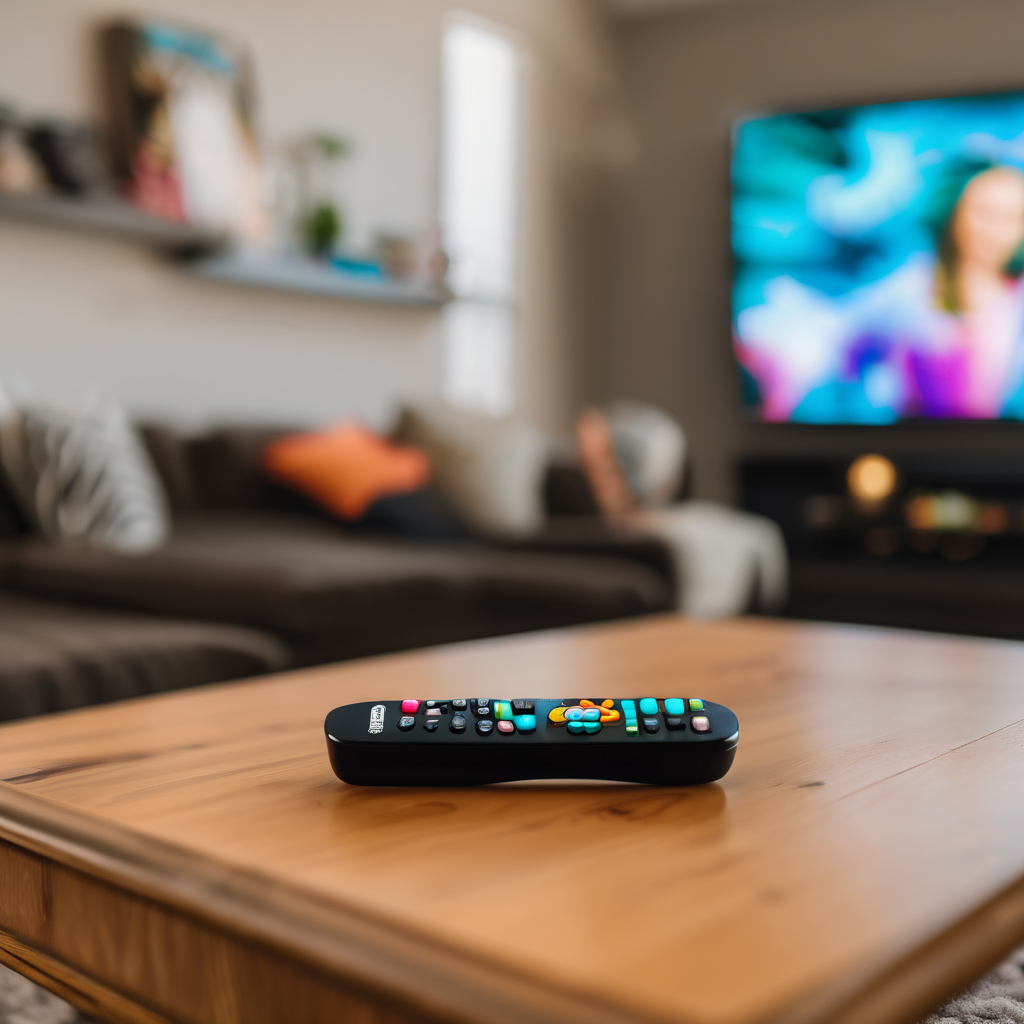Disney’s networks, which include popular channels like ABC and ESPN, are no longer available on YouTube TV following a breakdown in contract negotiations between the two companies. The dispute culminated with YouTube TV removing these channels just before the previous deal expired at midnight ET. Central to the disagreement is Disney’s request for higher carriage fees, which Google, the parent company of YouTube TV, has not been willing to accept.
To alleviate some of the frustration for subscribers, YouTube TV has announced that users will receive a one-time credit of $20 if Disney’s channels remain unavailable for an extended period. The base subscription for YouTube TV is currently priced at $82.99 a month, and with the channels gone, viewers will lose access to local ABC stations, as well as live sports coverage that includes NFL games, college football, and major league basketball and hockey.
Viewers started reporting the absence of Disney programming even before the official removal deadline, prompting concerns among subscribers who rely on these channels for entertainment and sports. Alongside the removal of live broadcasts, any DVR recordings made from Disney networks will also be inaccessible.
Disney had warned viewers about the potential for a blackout as early as October 23, indicating the challenges of the carriage dispute with YouTube TV. YouTube TV holds the position of the largest internet-TV service in the U.S., boasting over 10 million subscribers, compared to Disney’s Hulu + Live TV, which has nearly 6 million subscribers after its recent merger with Fubo.
A spokesperson for YouTube criticized Disney’s negotiation tactics, suggesting that the media giant is leveraging the threat of a blackout to push for higher prices that would inconvenience customers. The spokesperson emphasized the company’s desire to find a fair resolution that would restore Disney’s networks to the platform.
On the other hand, Disney has alleged that YouTube TV is seeking unreasonable terms compared to deals reached with other distributors like Comcast and Charter. Disney claims that they have offered new pricing structures that could provide more flexible options for subscribers, but YouTube TV has not embraced these proposals.
Disney’s spokesperson pointed out the economic disparity between the two companies, arguing that Google’s market power is hindering fair negotiations. With a market cap of around $3 trillion, they believe Google can afford to pay competitive rates without jeopardizing subscriber satisfaction.
The channels affected include a wide range of Disney’s offerings, such as ESPN, Freeform, the Disney Channel, FX, and several others including various sports networks. This standoff is part of a broader pattern as Disney has faced similar negotiation challenges with other media companies and streaming services throughout the year, although most disputes have been resolved without resulting in blackouts.
Despite this setback, both parties have expressed a commitment to reaching a resolution. The ongoing negotiations serve as a reminder of the complex landscape of media partnerships, particularly as streaming services continue to evolve and content ownership comes into play.
As discussions progress, there remains hope that an agreement can be struck, allowing YouTube TV subscribers to regain access to Disney’s extensive programming lineup, which is particularly valuable to sports fans wanting to catch key games and events.
